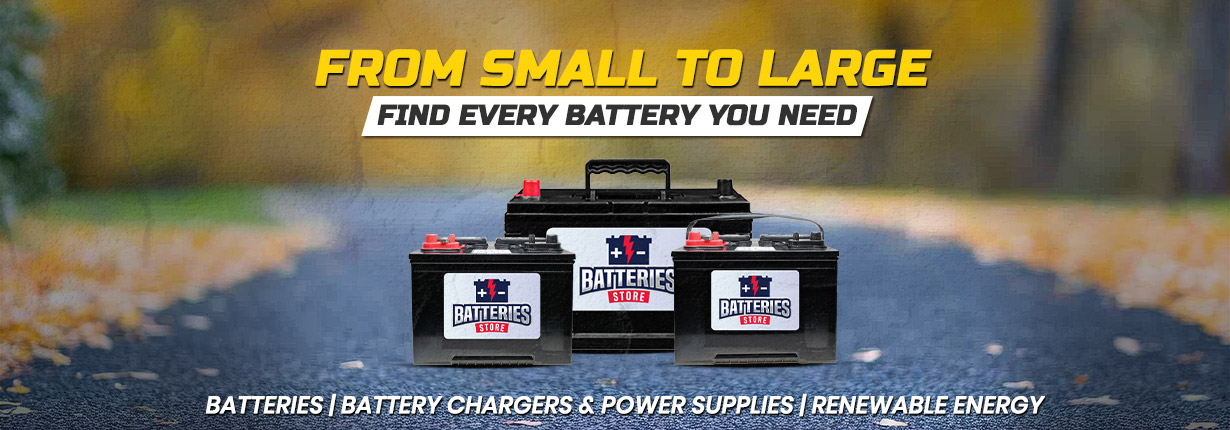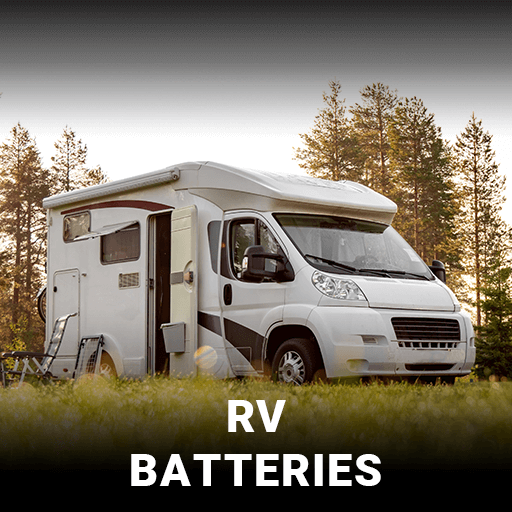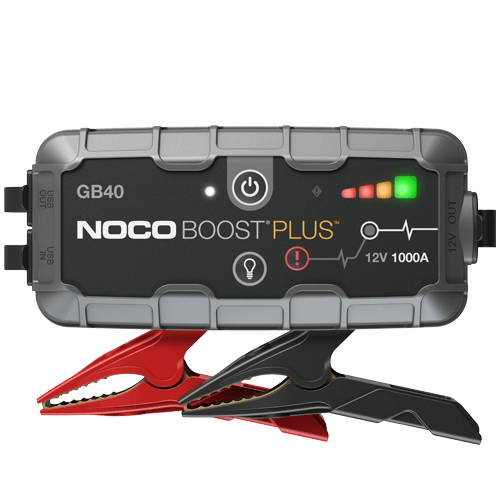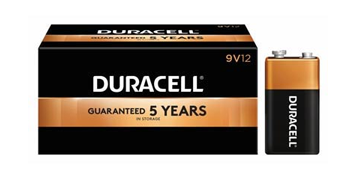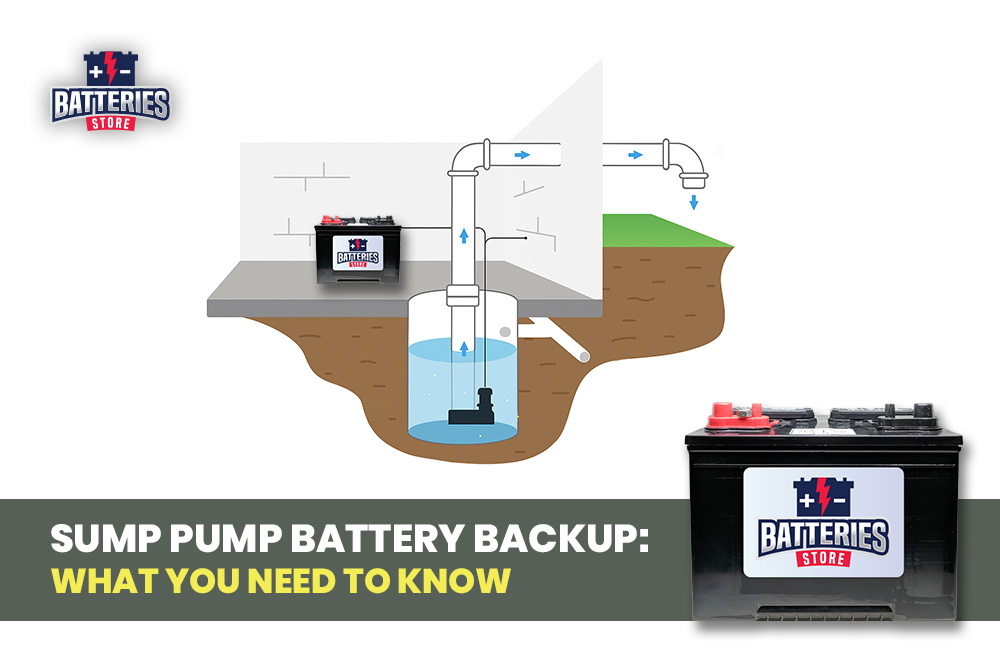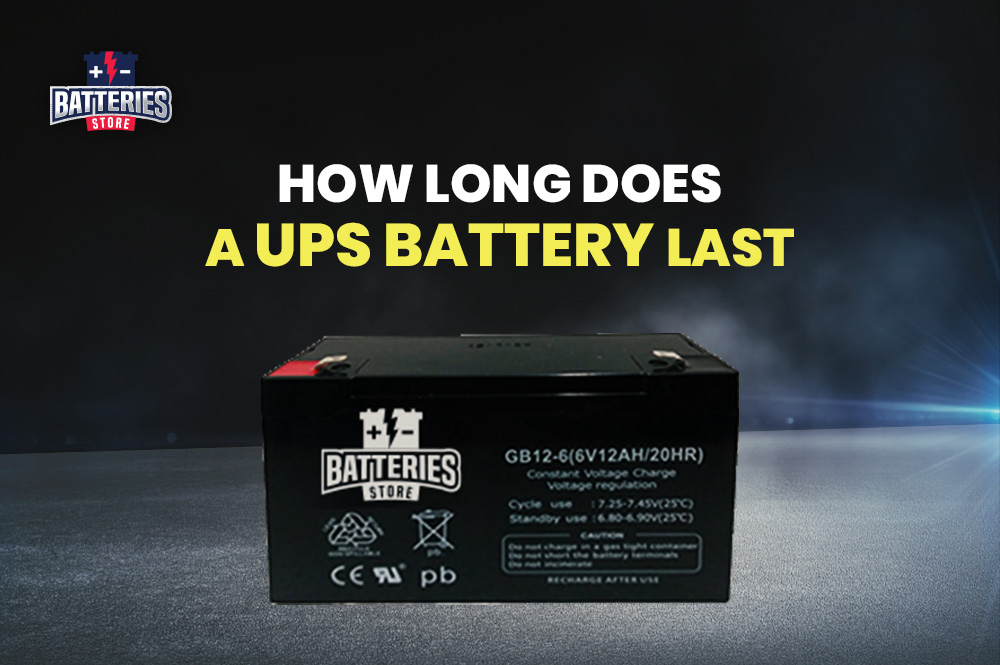Jet Ski Battery Guide: Everything You Need to Know

When it’s time to hit the lake or coast on your jet ski, the last thing you want is a dead battery holding you back. Whether you're a seasoned water sports enthusiast or just diving into the world of personal watercraft (PWC), your jet ski battery is the heartbeat of your adventure. At Batteries Store, we offer a full range of Jet Ski batteries designed for performance, durability, and reliability.
Let’s get into everything you need to know about Jet Ski battery—from choosing the right battery to maintenance tips and when it’s time for a replacement.
What Is a Jet Ski Battery?
A jet ski battery is a compact 12-volt power source designed to start and run personal watercraft (PWC) like jet skis. It supplies the necessary electrical energy to crank the engine, power the ignition system, and support onboard electronics such as lights, gauges, and GPS units.
Jet ski batteries are built to withstand the wet, high-vibration, and extreme conditions of marine environments. They typically come in two main types:
- AGM (Absorbent Glass Mat) Batteries – maintenance-free, spill-proof, and ideal for rough water rides.
- Conventional Lead-Acid Batteries – require regular maintenance and are more budget-friendly but less durable.
Because jet skis are often stored for long periods between uses, these batteries are engineered for reliable performance even after sitting idle—provided they are properly charged and stored.
In short, a jet ski battery is the powerhouse behind your water adventure, making sure your ride starts smoothly and stays functional throughout your time on the water.
What Kind of Battery Does a Jet Ski Use?
Most jet skis use 12-volt batteries, similar to those found in motorcycles or ATVs. There are generally two main types:
1. Sealed AGM Batteries (Absorbent Glass Mat)
- Maintenance-free
- Spill-proof
- Excellent for rough water rides due to vibration resistance
2. Conventional Lead-Acid Batteries
- Require periodic maintenance (topping off with distilled water)
- Generally more affordable, but less durable
- More sensitive to movement and vibrations
At Batteries Store, we recommend AGM batteries for most jet ski users due to their longevity and hassle-free operation.
How to Choose the Right Jet Ski Battery
When selecting a battery for your jet ski, consider the following:
1. Compatibility
Always check your owner's manual for the correct battery group size and cold cranking amps (CCA) requirements.
2 Vibration Resistance
Jet skis experience constant motion. AGM batteries are ideal for this reason.
3. Marine or PWC-Specific Design
Choose batteries designed specifically for personal watercraft—they're built to handle the marine environment and resist corrosion.
4. Brand & Warranty
Stick to trusted brands that offer a solid warranty. At Batteries Store, we stock only top-quality jet ski battery brands known for durability and performance.
How Long Does a Jet Ski Battery Last?
On average, a jet ski battery lasts 3 to 5 years, depending on:
- Usage frequency
- Storage practices
- Maintenance habits
- Climate (frequent exposure to cold winters or hot summers)
Pro Tip: Even if your battery isn’t dead, it’s smart to replace it every few years to avoid sudden failures mid-season.
Signs It’s Time to Replace Your Jet Ski Battery
Don’t wait until you’re stranded on the lake! Look out for these common signs:
- Engine cranks slowly or not at all
- Battery won’t hold a charge
- Swollen or corroded battery casing
- Electrical accessories not functioning properly
Jet Ski Battery Maintenance Tips
Proper care can extend the life of your battery. Follow these tips:
1. Charge Regularly
Use a smart charger or trickle charger when the jet ski is not in use for extended periods, especially over winter.
2. Clean Terminals
Keep battery terminals free from corrosion. A mixture of baking soda and water can help clean them safely.
3. Store Properly
If you’re in Calgary or other cold regions, remove the battery during the off-season and store it in a cool, dry place. Always store fully charged batteries to avoid sulfation.
4. Inspect Before Each Ride
Check voltage levels and visible damage before every outing to stay safe and avoid unpleasant surprises.
How to Replace a Jet Ski Battery
Tools you'll need:
- Wrench
- Battery terminal cleaner
- Safety gloves and glasses
Steps:
- Turn off the jet ski and disconnect the negative cable first.
- Then, disconnect the positive cable.
- Remove the old battery and inspect the battery tray for corrosion.
- Install the new battery, connecting the positive terminal first.
- Tighten connections and ensure no cables are loose.
Always dispose of old batteries responsibly. Drop them off at your nearest Batteries Store—we’ll recycle them for you!
Where to Buy Jet Ski Batteries in Canada
If you're searching for jet ski batteries near me, look no further than Batteries Store. We’re trusted supplier of high-performance Personal Watercraft batteries and marine power solutions.
We offer:
- A wide selection of AGM and lead-acid jet ski batteries
- Competitive prices
- Expert support
- In-store pickup or delivery
Serving communities across Calgary, Regina, and Red Deer, our store is your one-stop solution for all type of battery needs.
Conclusion
Jet ski batteries may be small, but they power big adventures. By choosing the right type, performing regular maintenance, and replacing your battery when needed, you ensure your time on the water is smooth and worry-free.
Whether you're gearing up for summer rides or prepping for the season ahead, trust Batteries Store for the best jet ski battery selection, support, and service.
Call now for more information.
FAQs
Q1. Can I use a car battery for my jet ski?
No. Jet skis require smaller, vibration-resistant batteries made specifically for powersports or marine use.
Q2. How often should I charge my jet ski battery?
If not in use regularly, charge it once a month. In winter, use a smart trickle charger.
Q3. Do I need a special charger for jet ski batteries?
Yes, use a PWC-compatible smart charger or marine battery charger to avoid overcharging.
